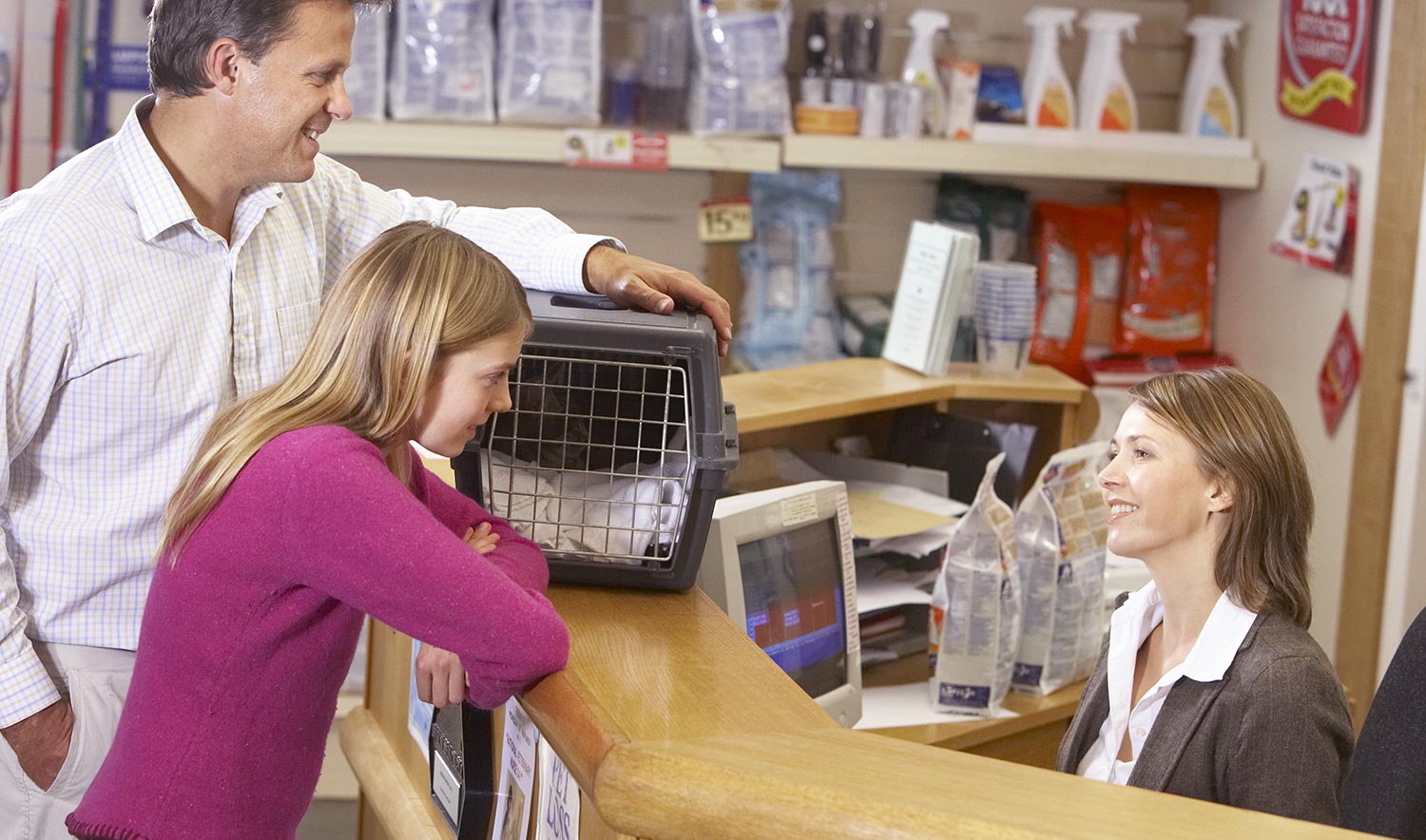Client care
Discussion and debate around enhancing client relationships – and, in turn, satisfaction and compliance.
One of the key issues exposed by the ongoing CMA investigation into the small animal veterinary sector is the fractured relationships between many pet owners and their practices. Against this backdrop, Oli Viner says it is vital veterinary businesses find innovative ways to make their service offering more transparent and showcase their true value to clients…
44 minsThere has never been a better time to look at how your practice can offer the best for older pets. With demand levelling off as the spike caused by the COVID-19 puppy boom passes through the system, every practice should be rolling out the red carpet for their golden oldies, says Graham Lewis…
19 minsA healthy culture boosts employee retention, reduces staff turnover, enhances productivity, and supports recruitment. But just how healthy is your practice culture and how can you make it better? Rebecca Robinson explains…
23 minsVeterinary practice is a service industry and while situations always occur where animal welfare trumps all, any business needs to entice and retain clients to stay afloat. This means excellent customer service must always be a key priority, so it’s vital to get it right…
Video solutions and remote access are increasingly being used to give clients new ways to interact with their veterinary practices. This should not be seen as a threat and instead the growth of digital engagement should be embraced for the opportunities it provides, as Ben Sweeney explains…
Three-quarters of all cats and two-thirds of all dogs were bought by adults younger than 44 in the past 12 months, meaning the pet-owning baton has well and truly passed to the next generation. With Gen Z and millennials expecting to interact with businesses digitally, vet practices must ensure they are maximising engagement opportunities…
Tech-enabled pet owners want to access veterinary care on their own terms and for some practices, that poses a problem. But by leveraging the right technologies, such as online appointment booking, apps and asynchronous communication platforms, everyone can get up to speed…
In this article, David Walker lends his extensive experience as a referral vet, head of service, hospital director and regional MD on what first opinion practices should be looking for from their referral centre. Specifically, he shares his thoughts on communication and client care, as well as what referral centres should be doing to engage and build relationships with those practices referring cases to them…
Olivia Oginska – referencing various surveys – looks at uncivil behaviour in the workplace, its effects on the veterinary team, and how learning to understand a client’s behaviour can improve well-being for all.
The second in our series of roundtable podcast discussions exploring six core dynamics shaping the veterinary profession, both today and in the future, places a focus on client care.
Profoundly deaf veterinary nurse Meghan Durno shares her experiences and offers advice on how to support hard-of-hearing co-workers and pet owners.
Alex John discusses the importance of microchipping, vaccinating and insuring pets, and how VNs can support clients.
Catherine Oxtoby describes how this mindset – inspired by technology adopted by the aviation industry more than 60 years ago – can help veterinary teams understand why errors occur and, as a result, lead to better care for patients…
The coronavirus pandemic and subsequent national lockdowns sparked a pet-buying boom on an almost unprecedented scale. Microchipping can provide the perfect opportunity for your practice to bond with this potential army of new clients…
Nicola Ackerman offers advice on how to master the art of talking to reluctant clients, and the importance of this “soft skill” in gaining compliance.
Given their spending power, millennials deserve the attention of your veterinary practice. This generation – born between 1980 and 2000 – is 13 million strong in the UK, and it’s finding the right mix of authenticity and technology that will bring them to your consult room...
In 1909, Harry Gordon Selfridge, the founder of Selfridges department store, invented the phrase “the customer is always right”, which was immediately adopted by other businesses and used as a standard. The intentions were good, but, as Alan Robinson explains, things have changed a great deal during this past century – and particularly in the past 12 months…
Nutrition is one of the cornerstones of pet health and is not just a one-off decision, as the needs of animals change throughout their lifetimes. So it is absolutely crucial to ensure your practice is able to give the latest up-to-date advice and the most informed recommendations to often uninitiated clients…
Good communication between practice and client is key to establishing, growing and maintaining a successful business. This includes all messaging and marketing, the way a practice looks, the services it offers and how it engages with clients…
The referral process can be a complicated business where the needs of patients, owners and referring practices must all be considered. Here, Ray Girotti explains why managing these dynamics is crucial to successfully performing this juggling act.

